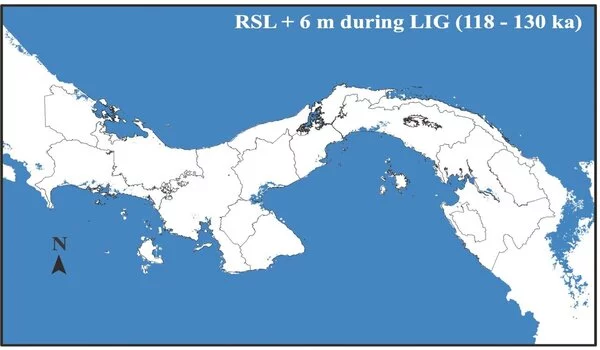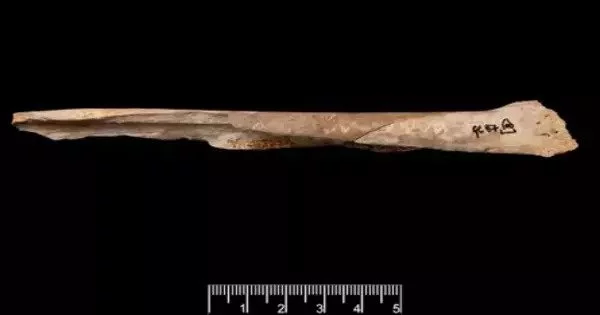The analysis of crocodile DNA from the Ice Age can provide insight into the genetic diversity and evolution of crocodiles during that time period. By comparing the DNA of ancient crocodiles to that of modern crocodiles, scientists can learn about changes in the population size and migration patterns of these reptiles. It can also help in understanding how crocodiles have adapted to different environmental conditions and how they have responded to major climatic events, such as the Ice Age, that have shaped the Earth’s landscape and ecosystems.
What factors influence crocodile evolution? Is climate change or sea level rise a major factor? Researchers from McGill University discovered that while changes in temperature and rainfall had little effect on crocodile gene flow over the last three million years, changes in sea levels during the Ice Age had a different effect.
“The American crocodile can withstand extreme temperature and rainfall variations. However, sea levels dropped by more than 100 meters around 20,000 years ago, when much of the world’s water was frozen, forming the vast ice sheets of the last glacial maximum. This created a geographical barrier that separated crocodile gene flow in Panama” says José Avila-Cervantes, a postdoctoral fellow working under the supervision of McGill professor Hans Larsson.
The American crocodile can withstand extreme temperature and rainfall variations. However, sea levels dropped by more than 100 meters around 20,000 years ago, when much of the world’s water was frozen, forming the vast ice sheets of the last glacial maximum.
José Avila-Cervantes
The researchers point out that crocodiles are good swimmers, but they can’t travel long distances on land. As a result, the Caribbean and Pacific crocodile populations were isolated from each other, and consequently have undergone different genetic mutations.
The team compared the climate tolerance of living populations of American crocodiles (Crocodylus acutus) to the paleoclimate estimates for the region over the past 3 million years – the time span of extreme climate variation during the Ice Age.

“This is the first time that Ice Age effects have been discovered in a tropical species. It’s exciting to learn that the effects of the last Ice Age glaciation can still be found in the genomes of Pacific and Caribbean American crocodiles today” Larsson, Professor of Biology at McGill University’s Redpath Museum, agrees.
“The fact that these animals could have easily tolerated the climate swings of the Ice Age demonstrates their adaptability over geological time. Only humans, through hunting and land development in recent decades, appear to have had a significant impact on crocodiles” he claims. The findings shed new light on how environmental factors influence genetic evolution and where conservation efforts for specific crocodile populations in Panama should be directed.
Crocodile DNA provides information about their evolutionary history, including during the Ice Age. During this period, the Earth’s climate was much colder, and some species of animals, including crocodiles, had to adapt to these changing conditions. By analyzing the DNA of modern crocodiles and comparing it to fossils from the Ice Age, scientists can learn about the genetic changes that allowed these animals to survive and thrive in the colder climate. This information can also provide insights into the broader impact of the Ice Age on the Earth’s ecosystems and wildlife.















